Asian stocks opened generally lower today and worries over US-China trade tension weighed on sentiments. The deputy-level meeting in Washington “appeared” to be fruitful based on statements from both sides. the US Trade Representative Office said the talks were “productive” and a principal-level meeting would be held next month as planned. China’s Ministry of Commerce also said the meetings were “constructive” with good discussion on “detailed arrangements” for the high-level talks in October.
However, the biggest problem was that Chinese officials cut short term trip and cancelled the planned visit to farms in Montana and Nebraska this week. The abrupt announcement raised question over progress of the trade meetings. Additionally, US President Donald Trump told reporter that he’s looking for a “complete deal”, not a “partial deal”. He added that he didn’t need trade agreement with China to happen before the 2020 presidential election. Chance of an interim trade deal of some sort in the near term was lowered by such developments.
Hong Kong HSI is currently down -0.77% while China Shanghai SSE is down -1.16%. It looks like HSI’s corrective rebound from 24899.93 has completed at 27366.44 already. And further fall would be seen back through 25000 handle to 24540.63 key support.




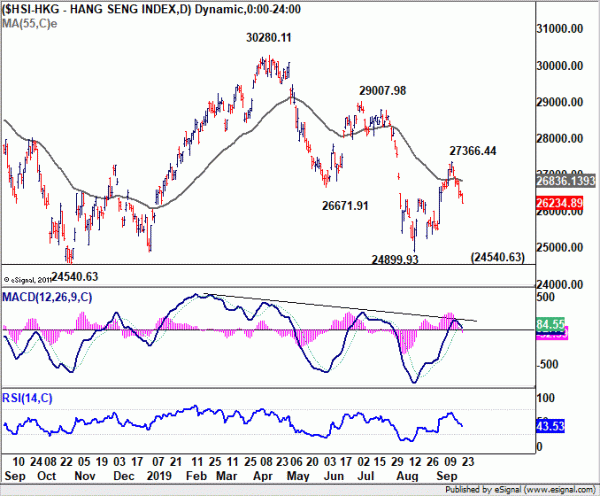
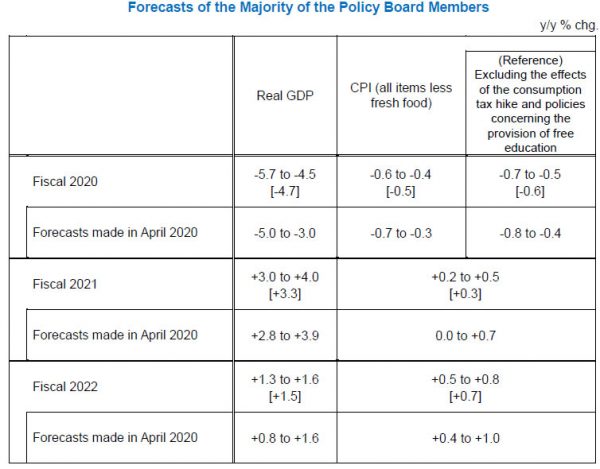
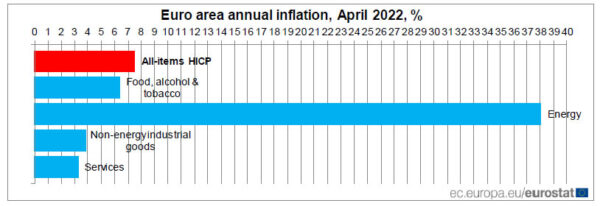
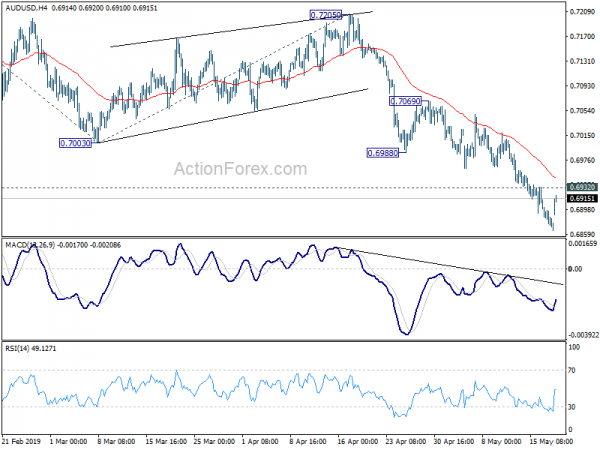
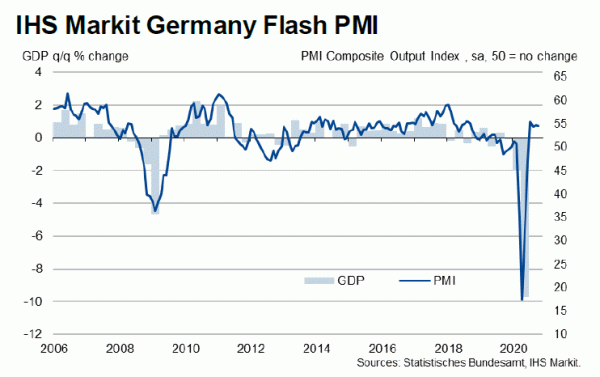
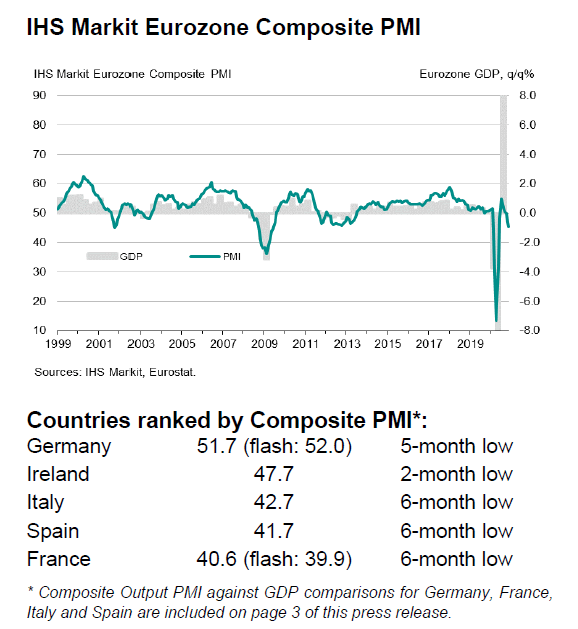
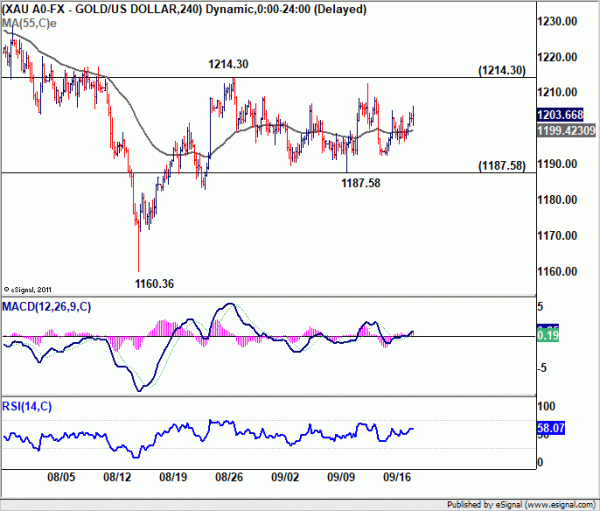
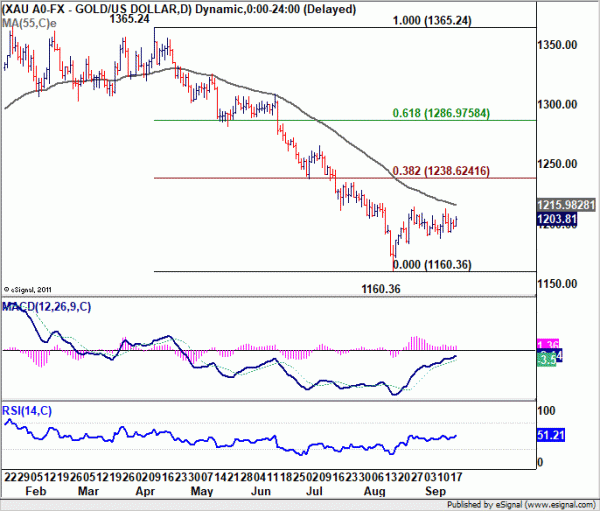
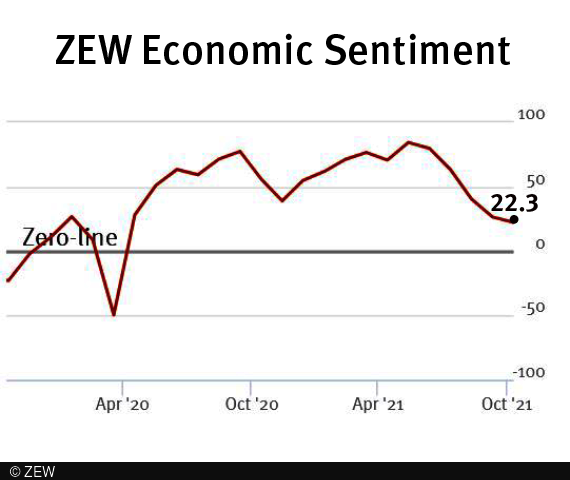
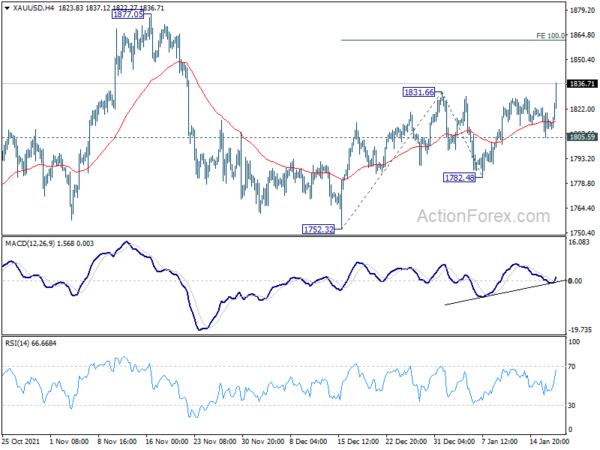
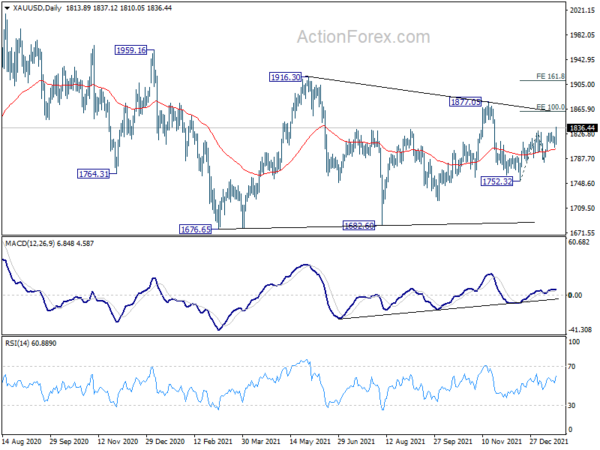

German industrial production dropped -0.6% mom, below expectation of 0.3% mom
German industrial production dropped -0.6% mom in July, well below expectation of 0.3% mom. Over the year, production dropped -4.2% yoy. Looking at some details, production in industry excluding energy and construction was down by -0.8%. Within industry, the production of intermediate goods decreased by -0.7% and the production of capital goods by -1.2%. The production of consumer goods showed an increase by 0.6%. Outside industry, energy production was down by -1.3% and the production in construction increased by 0.2%.
Full release here.